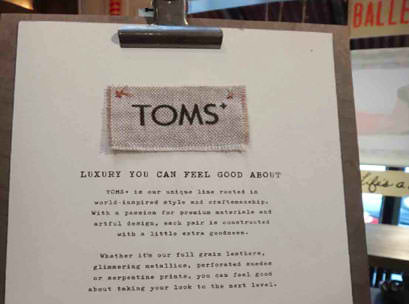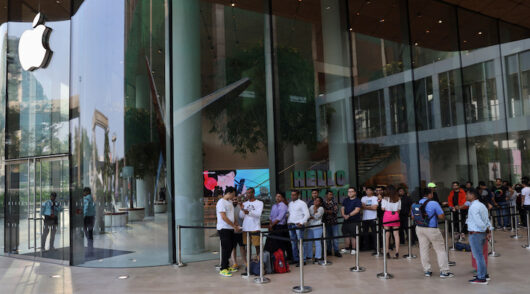Once upon a time New York Times columnist Rob Walker set out to discover if a story could add significance and value to a near worthless object.
I read about Walker’s study in a recent HBR Blog by Ty Montague and thought it was one of the most interesting retail experiments of all time. Here’s how it worked.
In 2006, Walker and a friend scoured secondhand stores and garage sales for… well, junk. A knitted doll, a toothbrush holder, a branded bottle opener.
The rules were that the items had to cost “no more than a few dollars”, and be of questionable worth.
Then they invited talented, but unknown writers, to each wax lyrical in a story containing one of the items. The article, and its freshly minted narrative were then loaded onto eBay to be sold to the highest bidder. Suddenly, the relative prices of once unloved trash skyrocketed. With the help of a good story, a jar of mayo, gifted to Walker, sold for US$51.
Average prices of the products didn’t just escalate, they went up thousands of per cent. Isn’t this what great retail is all about?
Take an item, lovingly tell a story about it, romance it in words and visuals, and then present it on a virtual pedestal for sale. Do it right and you add tremendous value. Walker proved it.
The experiment reminded me of what Mary Portas (the UK’s Mary Queen of Shops) once told me about customers’ desire today for status stories as opposed to status symbols. It took me back to Borough Markets in London, which is full of fascinating and relevant stories that work to open wallets.
One stall I witnessed there could have proclaimed it was selling ‘a sausage in a roll with cheese, sauce and salad’.
Instead, it was offering “the Boston Burger – award-winning Boston sausage pork, organic white bap, Neal’s Yard dairy cheese, red onion marmalade and rocket”.
Worth every bit of five pounds. At Neal’s Yard Dairy at Borough Market, you couldn’t find a piece of cheese for love nor money. But you could purchase Innes Brick unpasteurised goats milk traditional animal rennet – made by Stella and Joe Bennett at Highfields Farm, Staffordshire. Surely Stella and Joe’s ongoing welfare deserves your business!
Great retailers the world over understand the power of “store-ytelling”. I saw how Mickey Drexler of J. Crew does it at his men’s store at the Grove shopping mall in LA. A sign next to a pair of loafers informed me that these were by “Crockett & Jones, Est. 1879.
This British shoemaker has been making Goodyear welted shoes for over 125 years. Each handcrafted pair takes up to eight weeks to finish.”
They might cost a pretty penny, but Mickey had convinced me already that my new Crockett & Jones would be worth it.
At Venice Beach in California, Toms Shoes charmed me not only with its One For One philosophy (you buy a pair, they give a pair to an impoverished child), but its quality.
J. Crew
This was “luxury you can feel good about… rooted in world inspired style and craftsmanship. With a passion for premium materials and artful design, each pair is constructed with a little extra goodness”. Stories sell.
As Montague wrote in his HBR blog, “a can opener is a can opener until it is a can opener designed by Michael Graves and a part of the permanent collection of the Museum of Modern Art”.
So if you want a happy ending, start with a compelling story. Of course, the best narratives are built on authenticity.
But as Rob Walker’s study showed, even a work of fiction can make a worthless jar of mayo a thing to be coveted.
* Jon Bird is chairman of specialist retail marketing agency IdeaWorks, and Octomedia, publisher of Inside Retail. Email: jon.bird@ideaworks.com.au; Blog: www.newretailblog.com; Twitter: @thetweetailer






